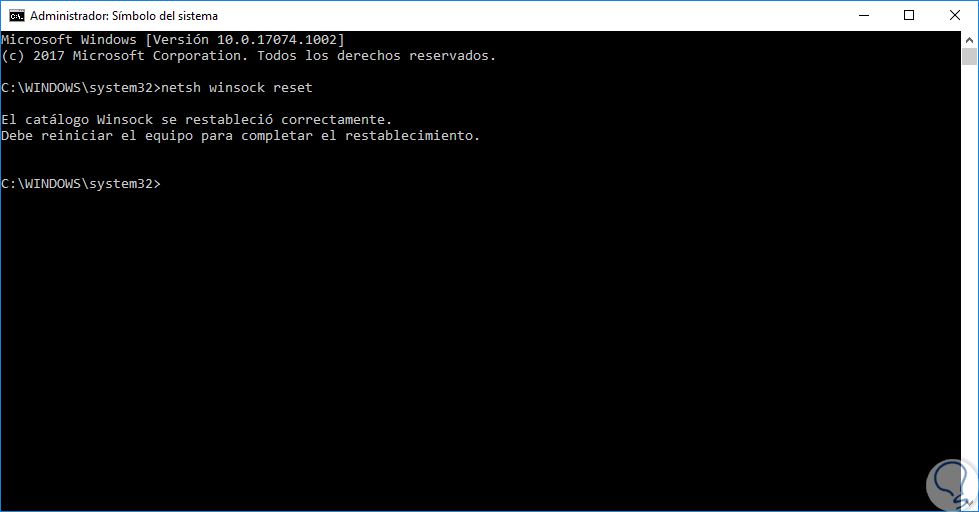
Robert Dehoff Thermodynamics In Materials Science Pdf Books
A junior-senior level intro thermodynamics text for Metallurgy and Material Science majors. 13 Mar Thermodynamics in Materials Science, Second Edition is a clear presentation of how thermodynamic data is used to predict Robert DeHoff. Thermodynamics in Materials Science, Second Edition is a clear presentation of how range of materials, a crucial component in the decision-making process for many materials science and engineering applications. By Robert DeHoff.Author:Kagajas TogorCountry:Saint Kitts and NevisLanguage:English (Spanish)Genre:MedicalPublished (Last):22 December 2013Pages:103PDF File Size:13.79 MbePub File Size:20.44 MbISBN:550-5-84321-286-8Downloads:3242Price:Free.Free Regsitration RequiredUploader:Kika Gothez rated it it was amazing Nov 22, This book is not yet featured on Listopia. Henretta, Eric Hinderaker and Robert O. Shaghayegh Baktashian rated it it was amazing Dehlff 13, Want to Read saving.Each chapter also contains a summary of important concepts and relationships as well as examples and sample problems that apply appropriate strategies for solving real-world problems.
Thermodynamics in Materials Science 2nd Edition by Robert DeHoff. VitalSource is the leading provider of online textbooks and course materials. While this book does have a lot of advance topics in thermodynamics relating to material science it is teeming with little errors. The course I used this for started with Kittel's Thermal Physics and switched to DeHoff when we started doing mixtures. The notation is complex (perhaps necessarily). Robosapien original price.
Thermodynamics in Materials Science, Second Edition is a clear presentation of how thermodynamic data is used to predict the behavior of a wide range of materials, a crucial component in the decision-making process for many materials science and engineering applications. This primary textbook and ongoing reference accentuates the integration of principles, strategies, andThermodynamics in Materials Science, Second Edition is a clear presentation of how thermodynamic data is used to predict the behavior of a wide range of materials, a crucial component in the decision-making process for many materials science and engineering applications.

This primary textbook and ongoing reference accentuates the integration of principles, strategies, and thermochemical data to generate accurate “maps” of equilibrium states, such as phase diagrams, predominance diagrams, and Pourbaix corrosion diagrams. It also recommends which maps are best suited for specific real-world scenarios and thermodynamic problems.The second edition yet. Each chapter presents its subject matter consistently, based on the classification of thermodynamic systems, properties, and derivations that illustrate important relationships among variables for finding the conditions for equilibrium. Each chapter also contains a summary of important concepts and relationships as well as examples and sample problems that apply appropriate strategies for solving real-world problems.The up-to-date and complete coverage ofthermodynamic data, laws, definitions, strategies, and tools in Thermodynamics in Materials Science, Second Edition provides students and practicing engineers a valuable guide for producing and applying maps of equilibrium states to everyday applications in materials sciences. I used this textbook for my graduate thermodynamics class at Georgia Tech. Thermodynamics, in the words of a favorite professor of mine, is a subtle yet profound topic.
I regarded the whole subject as being bloody difficult. Thermodynamics (1) relies little on intuition and (2) is calculus intensive ('calculus soup' as my friends call it) - making it probably the hardest class I have ever taken in my life.The book is clear, concise, and relatively free from mistakes in the derivations. When I used this textbook for my graduate thermodynamics class at Georgia Tech. Thermodynamics, in the words of a favorite professor of mine, is a subtle yet profound topic. I regarded the whole subject as being bloody difficult. Thermodynamics (1) relies little on intuition and (2) is calculus intensive ('calculus soup' as my friends call it) - making it probably the hardest class I have ever taken in my life.The book is clear, concise, and relatively free from mistakes in the derivations.
When studying, DO NOT skip the first chapter. It lays the groundwork for the rest of the text and prepares one to establish the right frame of mind to study thermodynamics.I only give 4/5 stars because thermo still requires suffering.
